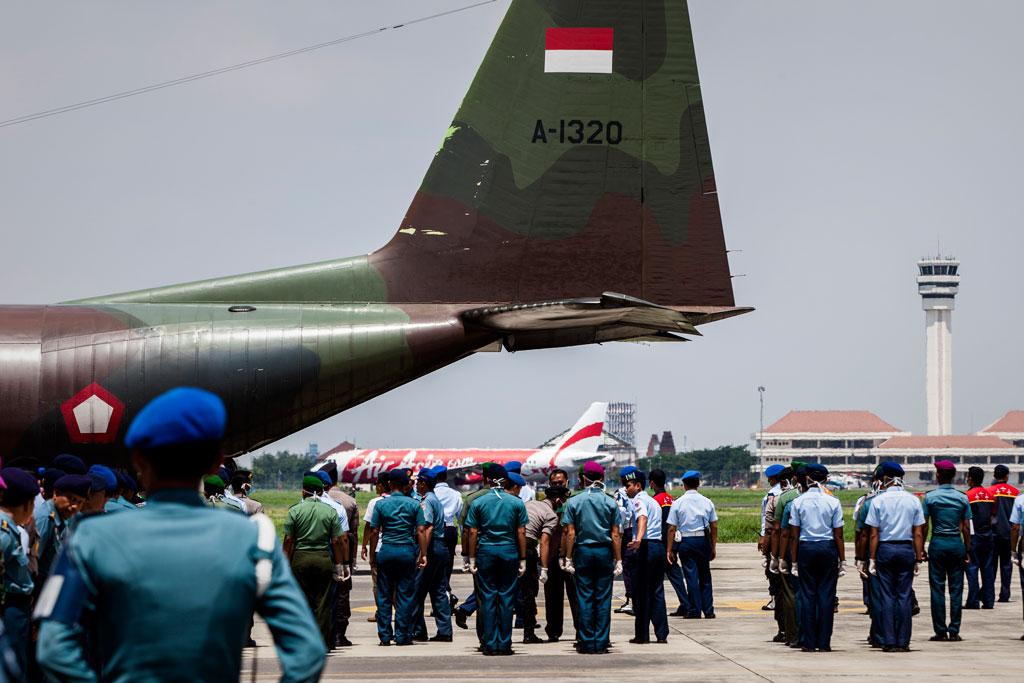In the past few years, Southeast Asian airlines have experienced remarkable growth, driven primarily by the rapid expansion of low-cost carriers, like AirAsia.
The market for flights in the region, defined by carrying capacity, grew by a staggering 20 percent in the 18 months before October 2013, and every country (save for Brunei) experienced double-digit growth.
Indonesia and Malaysia led the way with 29 and 25 percent growth respectively, driven by low-cost carriers (LCC) that aggressively slashed fares.
AirAsia has only had 13 years to figure out how to run an airline.





